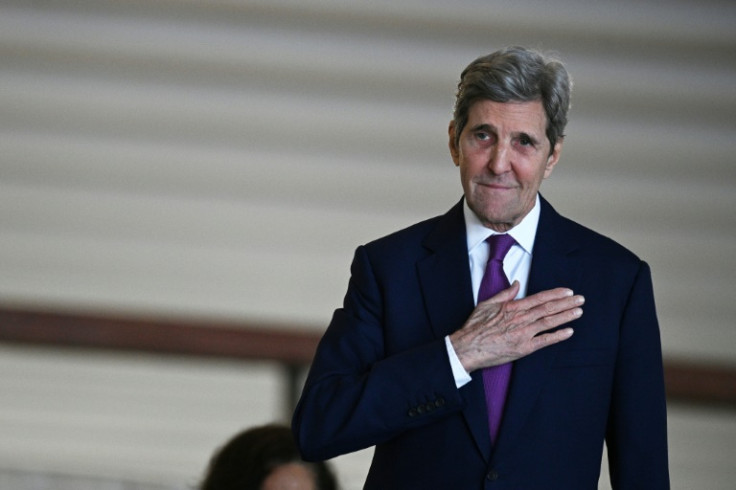Closer To Reality: US Fuels Nuclear Fusion Progress Through Tech Leaps

Nuclear fusion will be a focal point of the agenda at COP 28, in a previously unprecedented development spurred by recent advancements in fusion technology.
The US plans to unveil the world's first international strategy to commercialize and regulate nuclear fusion power at the upcoming landmark UN climate summit, which is scheduled to take place from Nov. 30 to Dec. 12, as Special Presidential Envoy for Climate John Kerry announced in Boston on Monday.
The exact details of the US fusion proposal will be unveiled at COP 28, Kerry said. In addition to unveiling a fusion strategy, at COP 28 the US will reportedly join five geopolitical allies in signing a pledge to triple nuclear fission capacity worldwide by 2050.
Nuclear fission energy is already a critical component of the Biden Administration's plan to achieve net-zero emissions in the power sector by 2035, and net-zero emissions nationwide by 2050.
Nuclear fusion has long been touted as having the potential to transform global energy systems.
In theory, the technology harnesses the energy created from the fusion of hydrogen isotopes in a controlled reaction using heat, pressure and lasers or magnets. The process uses heavy hydrogen as a fuel, which can be retrieved from seawater.
If effectively implemented at scale, fusion could provide emissions-free power, not accounting for the carbon intensity of the construction process and electricity used for input. Fusion promises to alleviate two key concerns regarding existing nuclear fission technology: the environmental impact of uranium mining and the potential for catastrophic nuclear accidents.
Nuclear Fusion Approaches Reality
Although scientists have been able to successfully produce and control fusion reactions since 1958, existing processes require far more energy to ignite the fusion reaction than is generated during the reaction itself, making large-scale energy production completely infeasible.
The benchmark of "cold fusion"—a fusion reaction that produces more energy than it takes to generate, considered to be the tipping point for utility-scale fusion power—eluded researchers for decades, until the feat was first accomplished at a limited scale in December 2022 at the US' Lawrence Livermore National Laboratory (LLNL) in California.
Although last year's breakthrough at LLNL has yet to be reproduced at a large scale—the experiment lasted a total of five seconds—it still signaled that nuclear fusion power may be a realistic possibility in a much nearer future than had previously been predicted.
"This astonishing scientific advance puts us on the precipice of a future no longer reliant on fossil fuels but instead powered by new clean fusion energy," U.S. Senate Majority Leader Charles Schumer said in reaction to the LLNL breakthrough last December.
In October, Japan's National Institutes for Quantum Science and Technology reported that it had successfully produced superhot plasma, a critical step needed to construct an experimental reactor. US officials have not yet disclosed whether they plan to unveil their nuclear fusion proposal alongside other national delegations, including Japan's.

The US plan to introduce nuclear fusion on the international stage may represent the most substantial commitment to advancing nuclear fusion technology, depending on the scope and nature of the pledge. LNLL publicized its limited cold fusion breakthrough a month following 2022's COP 27 in Egypt; next week's summit in Dubai is the first COP summit to take place since then.
The US CHIPS and Science Act of 2022 allocated $1.03 billion for nuclear fusion research and development in 2023, a 35% increase from the Department of Energy's 2022 fusion funding allocation of $675 million.
"I will have much more to say on the United States' vision for international partnerships for an inclusive fusion energy future at COP28," John Kerry said on Monday.
© Copyright IBTimes 2025. All rights reserved.






















